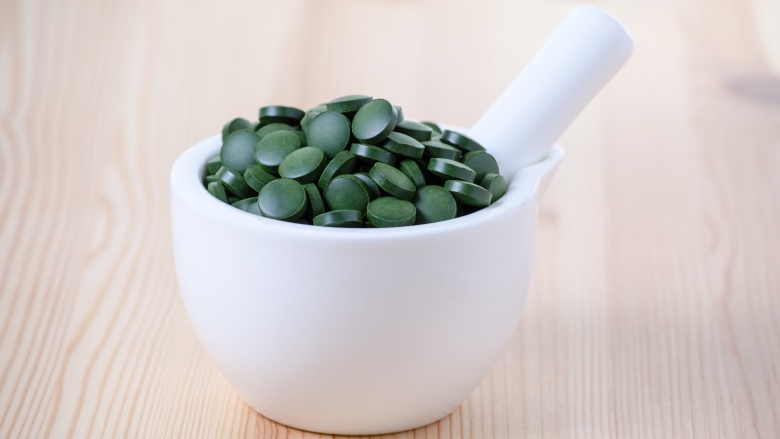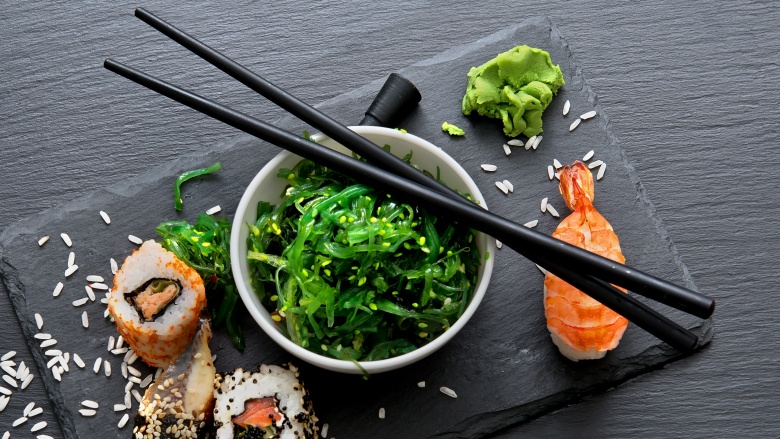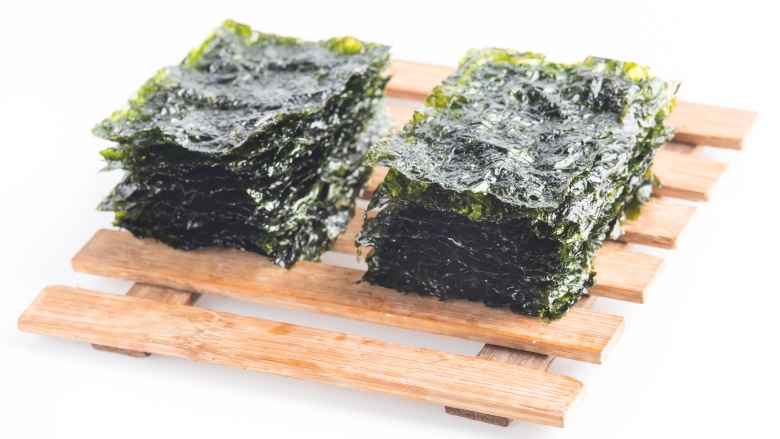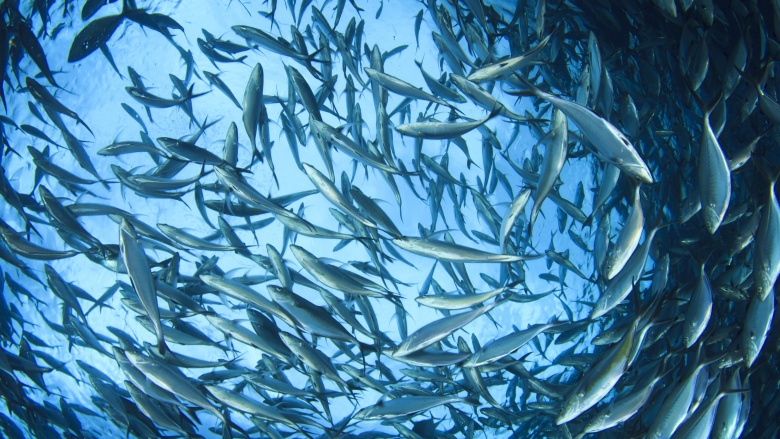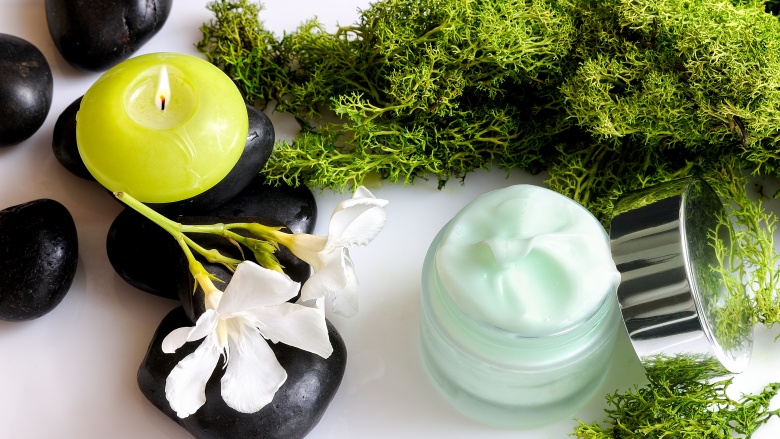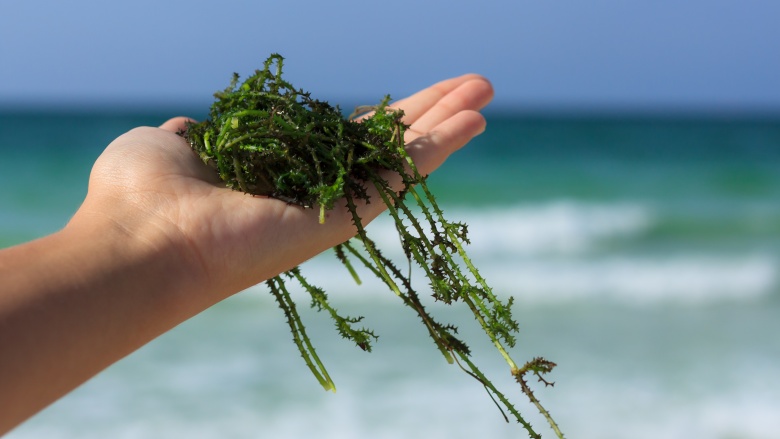Why Seaweed Is Underrated
If you're living in the Western world, chances are pretty good that you might only think of seaweed in terms of the nastiness that makes your trip to the beach a little more gross or maybe as one of those trendy new foods you see popping up in the most expensive, artisan sections of the grocery store ... when you feel up to visiting them.
Whether you're wondering what the big deal about seaweed is or you're ready to add another healthy new food to your kitchen, we've done the research for you.
In terms of seaweed, the West has been a little slow to discover the benefits. Not only is it packed with nutrition, but the Japanese and Chinese have known it for centuries. Here's why you should make this a staple in your kitchen.
The history of seaweed
Really understanding what the West is missing out on means first taking a look at what other parts of the world have long known. In the case of seaweed, they discovered a good thing and ran with it. Today, the production of nori (a type of seaweed more formally called Porphyra) is one of the largest sections of Japan's maritime culture. Not bad for an industry that started at least 400 years ago.
The Japanese have been using nori for much longer than that, but it was sometime around 1600 that the demand rose enough for it to be a viable industry. At first, nori farmers bundled twigs together and left them in areas where kelp spores floated. The spores attached to the bundles and grew, and the farmers harvested their crop. Eventually, bamboo replaced twigs and nets replaced bamboo.
The whole industry was given a boost in popularity with a few massive milestones. During World War II, the country was looking for ways to ramp up food production, and nori was one of the best ways they found. Scientific advances led farmers to increase their crop yield, and the industry is still booming today.
In China, seaweed has been a major food staple for a long time, and we know that the practice of using seaweed as medicine dates back thousands of years. That's an impressive record, so why is the rest of the world only catching on relatively recently?
The problem in the West
It's hard to pin down just one or two reasons why the use of seaweed never really caught on like it did in Asia, but there are definitely some contributing factors we can point to. Part of the reason seaweed never caught on in the West in any large scale is that it's remained a cottage industry. While there are numerous areas where people do harvest and use seaweed, you don't need commercial equipment to do it. It's remained small, supporting communities rather than countries, and when those who use seaweed are able to fill their own need for the product, there isn't a reason for massive commercial operations.
Another part of the problem in introducing seaweed production on a large Western scale is the sheer variety of seaweeds. There are around 10,000 different types of seaweed, and that means it's hard to keep track of the popularity of different strains. And even the same species can grow differently in slightly different marine conditions, meaning it would be a major challenge to produce uniform results along the coasts of the U.S. and Europe.
Attitudes in the West are becoming more health-conscious, though. Even as we're snacking more than ever before, we're looking for healthier ways to fill that midday void. With greater awareness of obesity, high cholesterol, and heart disease, healthy options are gaining prominence. Is this an opportunity for what was once a beachside inconvenience?
Centuries of medicinal use
For the generations of Chinese and Japanese farmers who cultivated seaweed, it was a food source and a valuable medicine. This isn't medical advice, but a historical look at the perceived benefits.
Chinese medicine has embraced the use of several different types of seaweed. Kunbu (also known as the Japanese "kombu"), haizao (the Japanese "hiziki"), and zicai ("nori," in Japanese) have long been used for things like reducing swelling and relieving the achy pressure from the buildup of phlegm. Zicai is the most popular and widely used.
If you've ever tried seaweed in any form, it's probably nori. Claims of the medicinal capabilities of nori range from treating swollen lymph nodes to attacking the fatty buildups associated with obesity. It's also thought that it might be an effective weapon against cancer, and recent studies have shown positive results.
Researchers at the University of Florida looked at some of the seaweed growing right off the coast of the Sunshine State, and they found that adding it to the diet can help boost the body's natural defenses and antioxidant levels, which could help fight off cancer and other types of disease.
Maybe the day will come when seaweed has a regular place in your kitchen and in your medicine cabinet.
The nutritional value of seaweed: iodine and fiber
That's all well and good, but just because something is supposed to be good for you doesn't mean it actually is, right? Well, given all the nutrition benefits packed into seaweed, it might just be one of the most underrated foods out there.
When it comes to all the nutrients we need, one that's rarely talked about is iodine. It's linked to keeping the brain and thyroid healthy, and just a single gram of seaweed contains the daily recommended amount of iodine.
If that's not enough, it's also rich in soluble fiber. Seaweed fiber isn't just any kind of fiber. Since it's soluble, that means it can help keep our bodies from absorbing some of the bad things we always seem to get too much of, like cholesterol and sugar.
The vitamins and minerals in seaweed
If you're trying to keep track of all the vitamins and minerals you're giving your family, it can be an uphill battle. Fortunately, there's one source that has a surprising number of those good nutrients. Seaweed is extremely high in some of the major ones we need, like calcium, vitamin A, vitamin B-6, vitamin C, and protein.
That's not all, either. Depending on the type of seaweed you're looking at, it can also be a great source of things like iron, vitamin K, and folic acid. It also contains high levels of glutamate, an amino acid linked to brain health. (Always nice to have a little extra of that!)
There are also molecules called fucoidans. Fucoidans have been credited with lowering blood pressure and helping the heart. When the American Journal of Agricultural and Food Chemistry looked at the conclusions of more than 100 separate studies, the studies seemed to back this up.
If it seems like all that should come with a catch, it's definitely not in the form of fat or calories. Nori comes in sheets, and ten of these sheets together have about 22 calories. It's no wonder that many people in areas where seaweed is a staple food can have about 10 percent of their diet consist of it.
Skipping the middle man
You've probably heard of omega-3 fatty acids. It's not just a buzzword: these compounds have been linked to heart and brain health. One of the most common things you'll hear it in conjunction with is fish oil and seafood, but that raises a whole host of other concerns. Our oceans are successfully contaminated to the point where we have to be careful about where our seafood comes from, what it contains, and how much of it we eat.
It's a balancing act, right? We need omega-3, but it's just one more thing to think about when planning meals. But there might be a way to cut out all of the worry and hassle by cutting out the middle man: fish.
Fish might be one of the best sources of omega-3 fatty acids, along with a compound called docosahexaenoic acid (or DHA), but it's not the only source. Fish produce their own compounds and also ingest them from seaweed and other types of algae.
Scientists are working on manufacturing supplements from farm- and lab-grown algae. We'll get the good parts without the bad parts, and we can start replacing fish with seaweed to fill our daily quota of omega-3 and DHA. Farm-raised salmon is now being fed on seaweed to increase benefits to animals like us higher up the food chain, and there's no reason why we can't go straight to the source.
Seaweed baths
Eating seaweed isn't the only way some people claim to benefit from the slimy green grasses, but the science is still out on this one.
Seaweed baths date back to at least Edwardian Britain and Ireland, and they're exactly what they sound like. Drive through any seaside town and you're likely to come across a resort or spa advertising their seaweed baths.
Some trendy places throw around terms like "detoxification," but a large part of the popularity of the seaweed bath comes from the iodine content in seaweed. The iodine and the other nutrients are thought to relieve conditions that range from acne to eczema to arthritis. The seaweed is steeped in boiling sea water first, before it's ready for around a half-hour soak. Even if the science isn't proven, it's a nice excuse to lounge around in a seaside bath that smells like the open ocean.
Cosmeceuticals
You can eat it and bathe with it, so what about all those new "cosmeceutical" seaweed-based skin care products?
Macroalgae (the more scientific term for seaweed) is on the top of the list when it comes to beneficial wonder drugs. Studies have shown that compounds present in algae block some of the compounds that are responsible for aging skin and skin damage, and that they also help reduce chronic inflammation. Even topical application of seaweed-based lotions and potions has been found to block damage from UVB rays.
When tested on allergy-causing histamines and on bacteria that cause things like itchy skin and other chronic skin conditions, it was found that compounds isolated from brown algae could help prevent the absorption and spread of some of these allergens.
It's not a sure thing yet, and might never be, but laboratory exercises are starting to back up centuries of folklore and traditional medicine.
Environmental benefits
Many people today are concerned with waistlines and heart health, but many are also concerned with what kind of impact we're having on the environment. From farmers markets to growing our own herbs in a windowsill garden, we're more conscious than ever of taking care of the planet we're going to leave for future generations. A big part of that concern involves looking at where our food comes from.
Farming and food production takes its toll. It's a complex discussion, but the seaweed industry is actually helping the environment in some surprising ways.
The National Oceanic and Atmospheric Administration took a look at the impact of growing and harvesting seaweed. It turns out that seaweed gives off oxygen and also absorbs things like carbon dioxide, phosphorus, and nitrogen. When it's harvested, those things are removed from the oceanic environment, and that can allow other plants and fish to thrive there. Seaweed loves acidic waters, so it can be used to help revitalize our ocean's dead zones while providing an incredibly healthy food source for us landlubbers.
They've gone so far as to suggest that establishing giant seaweed gardens can have the same sort of positive impact in the oceans that we've seen with the development of valuable green spaces in our cities. All around, it's a win-win.



